Second Time Unlucky: Fatal Greek Wirestrike High-Wire Illusion (iFly Leonardo A109C SX-HTO)
On 20 August 2019 Leonardo A109C SX-HTO, operated by iFly, crashed into the sea after striking electric powerlines off Poros Island, Greece moments after take off from a helipad at Galatas. The pilot and both passengers were killed. On approach, unbeknownst to the pilot, he had passed under the cables.
The Accident Flight
The Greek Air Accident Investigation and Aviation Safety Board (AAIASB) issued their safety investigation report in June 2022. They explain that the helicopter was due to make a multi-sector flight, with an an unlicensed landing site at Galatas being the first stop. iFly’s Operations Manual Part C stated that a high and low reconnaissance should normally be conducted for unsurveyed sites:
A high reconnaissance is flow at approximately 300 ft above the site, offset to the site, and into the wind (if direction is known). Minimum speed is 50 kts. At the low reconnaissance the Pilot may descend to a minimum of approximately 50 feet above the highest obstacle along the flight path at a minimum speed of 50 kts.
Without a high and low reconnaissance, at the Pilot discretion, the low reconnaissance may be performed on final approach if out of ground effect is available. There are occasions when the high and low reconnaissance need not be performed, such as when, among others, when performing known sites approaches.
iFly’s AOC is limited to day VFR operations and their Safety Management System (SMS) Manual was approved by the HCAA.
The Aircraft Commander was a 57 year old ex-military officer with almost 7,400 hours of flight experience. Almost half was fixed wing experience. Significantly only 62 hours involved flying single pilot helicopters (A109A & Cs) and all of that had been in the previous 8 weeks, since being employed by iFly.
In response to the Aircraft Commander’s request for information on Galatas, he was sent Google Earth images (below) by the operator’s Flight Watch Department. AAIASB make no mention of a survey having been conducted at the site. The pilot e-mailed back that he knew the landing site.
The Flight Watcher was aware that there were three medium voltage (20 kV) powerlines 314 m to theeast of the landing site crosses the channel between Galata and Poros Island.
They were not visible on the images forwarded, but he was confident from the pilot’s response that the pilot knew the site and was aware of them. AAIASB also state that the charts the pilot had did not show them.
The helicopter few the first sector to Galatas with just the pilot aboard. The helicopter approached in a left hand turn from the Southeast.
It passed under the cables, landed and parked facing north. AAIASB don’t believe a site recce was conducted before the approach commenced.
The two passengers, Russians who had disembarked from a yacht and were en route to Athens airport, boarded the helicopter about 40 minutes later.
The helicopter came into a low hover and turned right to face East-Southeast for a take off with a slight tailwind.
AAIASB consider this departure direction confirms the pilot was unaware of their near miss with the cables on approach although it may have been influenced by a desire to over fly the yacht several miles offshore to the north east.
After take-off, the Helicopter moved horizontally for 8 s at low altitude, followed by a climb for 9 s and the next 3 s moved horizontally with its rotor being at an altitude of 134.5 ft (41 m), at the same height with the Power Cables.
At the end of the 3 s horizontal movement, the blades of the main rotor came in contact with the first and second of the three Power Cables.
After the contact with the two Power Cables and before the contact with the third one, the Helicopter rolled and yawed to the left. After the contact with the third Power line the main rotor and the gear box were detached and fell into the sea followed by the detachment of the tail rotor section.
At the accident location the channel is 243 m wide and 4.5 m deep. The helicopter was not fitted with cable cutters / Wire Strike Protection System (WSPS).
The AAIASB Safety Investigation
The investigation was hampered by the lack of CVR and FDR on the helicopter. The wreckage was recovered for investigation.
All the data obtained during the examination of the Helicopter, seems to confirm that the damage is probably attributed to multiple collisions with Cables, of the Main Rotor Blades, the Upper Rear and Front Fuselage and Tail Section (Tail Boom).
The short-lived ignition that occurs in video material could be generated by the dispersion of hydraulic fluids / lubricants under high pressure in the area of the Main Gearbox after its detachment.
No pre-existing damage or failure was found on all inspected components.
A trial flight was carried out in the area of the accident with the participation of three members of AAIASB and the two pilots, all of whom were aware of the exact location of the powerlines. This followed the flight path of the accident flight but at an altitude of 500 ft above the sea channel.
From the flight described above it was realized that the Power Cables were not visible on any of the routes above the channel, nor from the ground [at the landing site] despite the fact that the sky was covered with clouds that offered good contrast to the black wires.
The Cables were perceived only in the phase of the final approach and at a very short distance from them (about 100 m) and only because all on board were aware of their exact position and looked for the poles in order to conclude their course.
It is also pointed out that hills rise around the landing site, except for the narrow sea strip east – west, with the result that the electrical cables are projected [against] the grey and green of the terrain.
We note however that on Google Maps the wires are just visible in street view mode, so it would have been possible to locate them online, certainly if aware there were wires nearby. The powerlines themselves are not fitted with markers.
The AAIASB concluded the Aircraft Commander was aware there were wires in the area but was not aware of their exact position or that he had passed under them on the approach. They note that during a left hand turn his view would have been degraded while seated in the right hand seat. Having passed under them without realising they were there, the pilot would not have expected to find wires when departing in that direction.
The investigators believe the helicopter may have levelled off its the last 3 s before striking the wire because of a ‘high-wire illusion‘
Characteristic of this illusion are reports that when wires are first spotted, mishap crews usually have very limited time to react (4-6 seconds) and in each documented case of high wire illusion the pilots believed they were at or below the wire altitude, when in actuality they were typically 100 ft above the obstruction when it first came into view.
…pilots in this situation often instinctively react to this misperception by diving down to avoid what they perceive to be a high wire slightly above their flight path. Although, the high wire illusion is primarily generated from misperceptions of spatial cue movement within a pilot’s sight picture, perspective lines such as those created by the sides of river banks or valley walls have been shown to further reinforce the high wire illusion via the Ponzo perspective illusion; which is known to amplify spatial misperceptions of object height and distance.
If the pilot had not reacted to this illusion AAISAB believe the helicopter would actually have climbed over the cables.
Among the recommendations raised was for HCAA to “reconsider training requirements for pilots coming from multi crew environment to single crew environment and vice versa”.
An Oddity in AAISAB Analysis
At this point we were expecting the AAISAB to either discuss the pilot’s apparent omission of a site recce or the operator’s lack of a site survey (or indeed both, as both were highly relevant controls).
Instead, AAISAB decide that the operator’s SMS should have been used to risk assess the landing site and identify the cables. We think this is misunderstanding what an SMS can and should achieve and a risk assessment would have undoubtedly concluded that a site recce or survey would have been sufficient.
The AAISAB do however identify that the SMS did suffer a shortcoming that is sadly all too common; namely that the operator had only risk assessed events that had occurred to them, rather than hazards that could occur. One might assume wire strikes were not risk assessd, but unhelpfully there is little specific detail about the SMS.
To their credit iFly has staged their own a Flight Safety Conference in March 2022. Unfortunately they suffered an A109E accident at Athens airport in July 2022.
AAISAB Conclusions
Probable causal factors:
- The discontinuance of Helicopter climb in the last 3 s before impact with the Power Cables.
- The Helicopter take-off in an East – Southeast direction under the tailwind conditions.
Contributing factors:
- The non-detection of Power Cables during the approach.
- The lack of standardised execution of the risk management system before the start of the flights to Galatas.
- The failure of the HCAA audits the detect the lack of flight activity proactive approach within the Operator’s Safety Management System.
Safety Resources
The European Safety Promotion Network Rotorcraft (ESPN-R) has a helicopter safety discussion group on LinkedIn. ESPN-R has published this video and guidance in cooperation with EASA:
EHEST Leaflet HE 3 Helicopter Off Airfield Landing Sites Operations
In Wire, the Invisible Enemy, Flight Safety Australia say:
Several factors make wires invisible much of the time, even to a trained and observant crew. These include:
- atmospheric conditions
- cockpit ergonomics
- dirt or scratches on cockpit windows
- viewing angle
- sun position
- visual illusions
- pilot scanning abilities and visual acuity
- flight deck workload
- camouflaging effect of nearby vegetation.
Wire is no respecter of experience. About 52 per cent of wire strikes have been by pilots with more than 5000 hours.
See also: Avoiding Wire Strikes and Surviving the wires environment
You may also find these Aerossurance articles of interest:
- Helicopter Wirestrike During Powerline Inspection
- Sécurité Civile EC145 SAR Wirestrike
- Firefighting Helicopter Wire Strike
- Wire Strike on Unfamiliar Approach Direction to a Familiar Site
- Fatal MD600 Collision With Powerline During Construction
- Fatal Wire Strike on Take Off from Communications Site
- Beware Last Minute Changes in Plan
- Impromptu Landing – Unseen Cable
- Fatal Wisconsin Wire Strike When Robinson R44 Repositions to Refuel
- Hanging on the Telephone… HEMS Wirestrike
- Crossing Cable Wirestrike
- Sécurité Civile EC145 Mountain Rescue Blade Strike
- US Air Ambulance Near Miss with Zip Wire and High ROD Impact at High Density Altitude
- US Air Ambulance Helicopter Hospital Heliport Tail Strike
- Air Ambulance B407 Hospital Helipad Deck Edge Tail Strike During Shallow Approach
- Air Methods AS350B3 Air Ambulance Tucson Tail Strike
- NTSB on LA A109S Rooftop Hospital Helipad Landing Accident
- Air Ambulance Helicopter Downed by Fencing FOD
- South Korean Fire-Fighting Helicopter Tail Rotor Strike on Fuel Bowser
- Investigation into Collision of Truck with Police Helicopter
- SAR AW101 Roll-Over: Entry Into Service Involved “Persistently Elevated and Confusing Operational Risk”
- UPDATE 3 September 2022: Garbage Pilot Becomes Electric Hooker
- UPDATE 11 February 2024: Air Ambulance Night Wirestrike at Poorly Chosen Landing Site
We have discussed human factors and error management more generally here:
- Professor James Reason’s 12 Principles of Error Management
- Back to the Future: Error Management
- Also see our review of The Field Guide to Understanding Human Error by Sidney Dekker presented to the Royal Aeronautical Society (RAeS): The Field Guide to Understanding Human Error – A Review

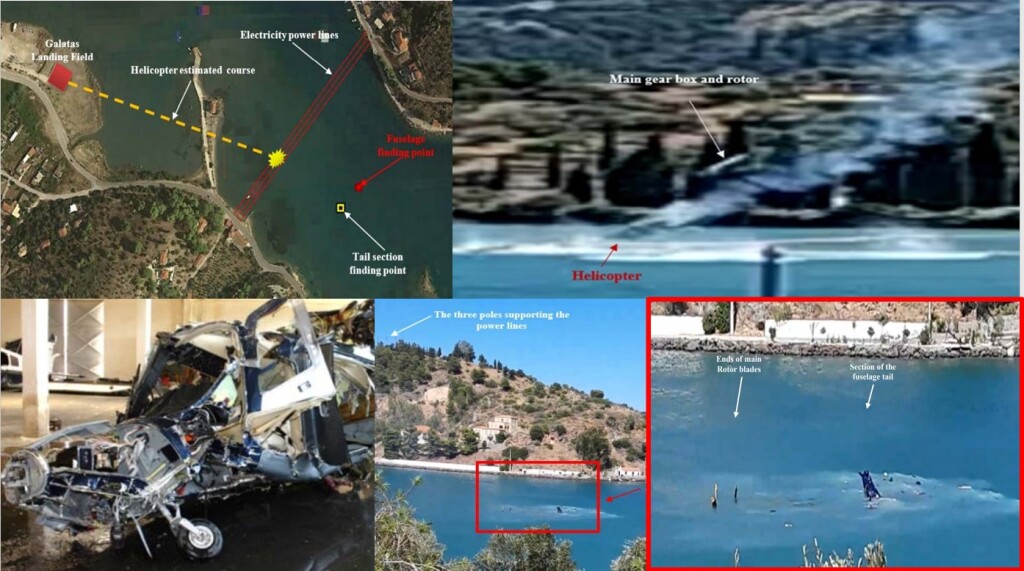

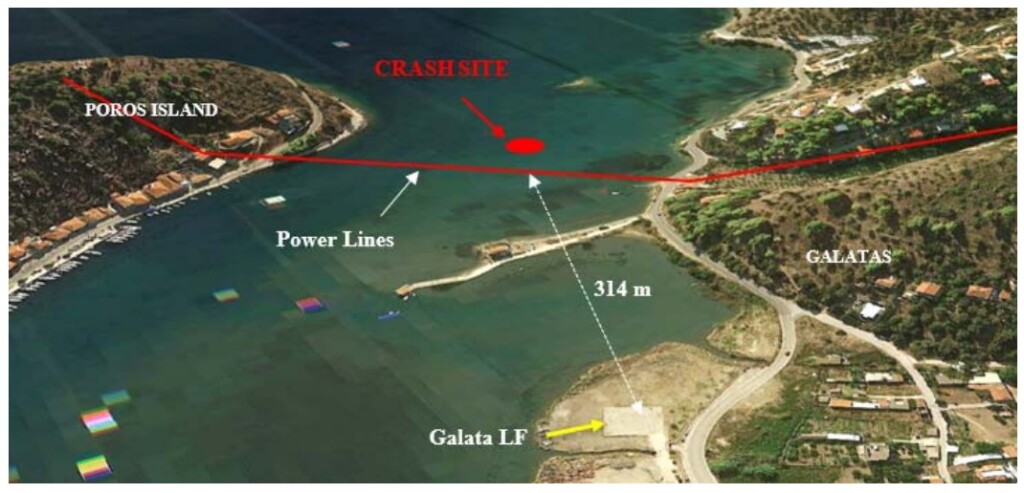


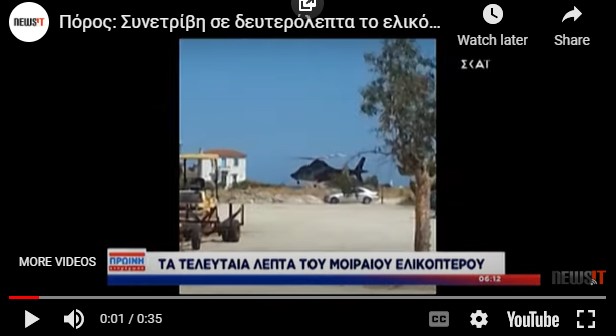
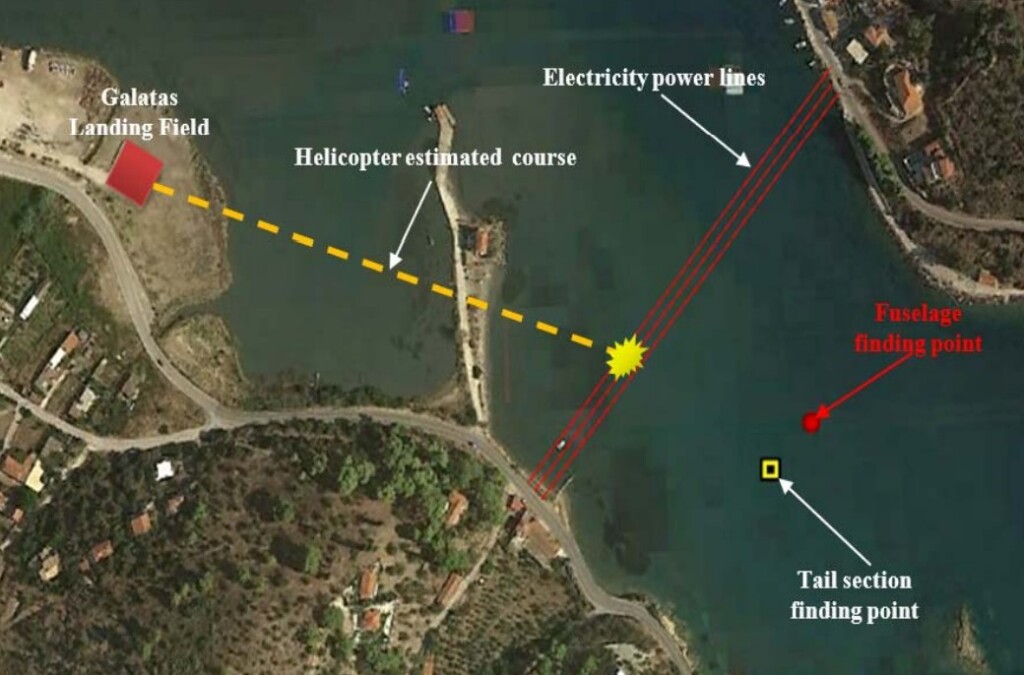

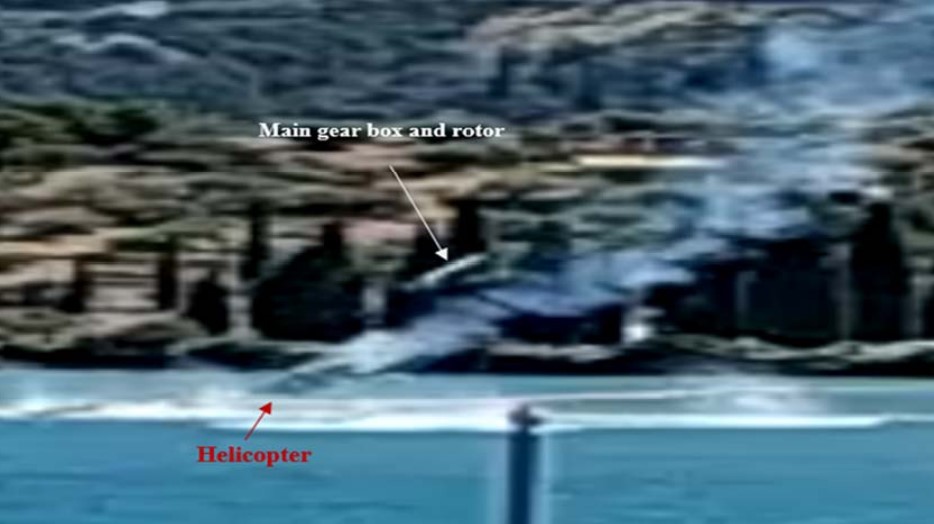


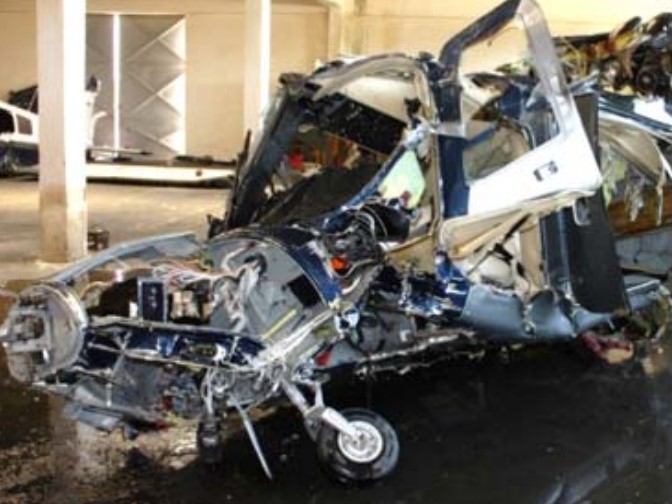


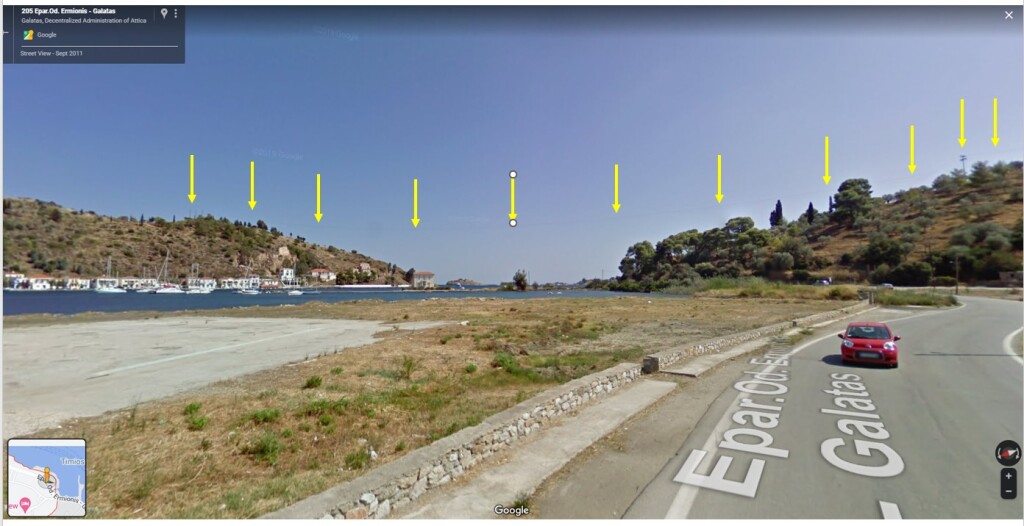
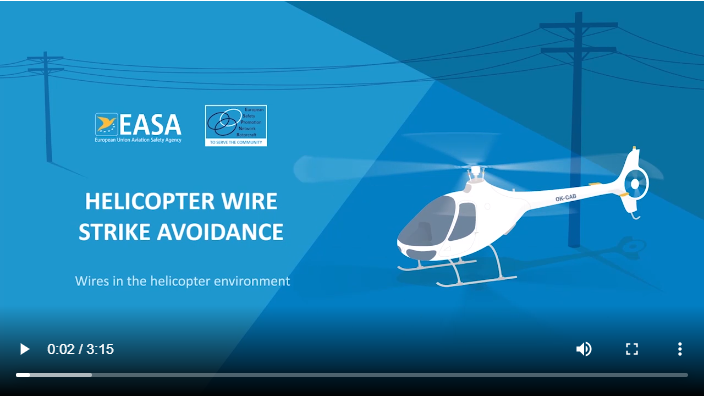
Recent Comments